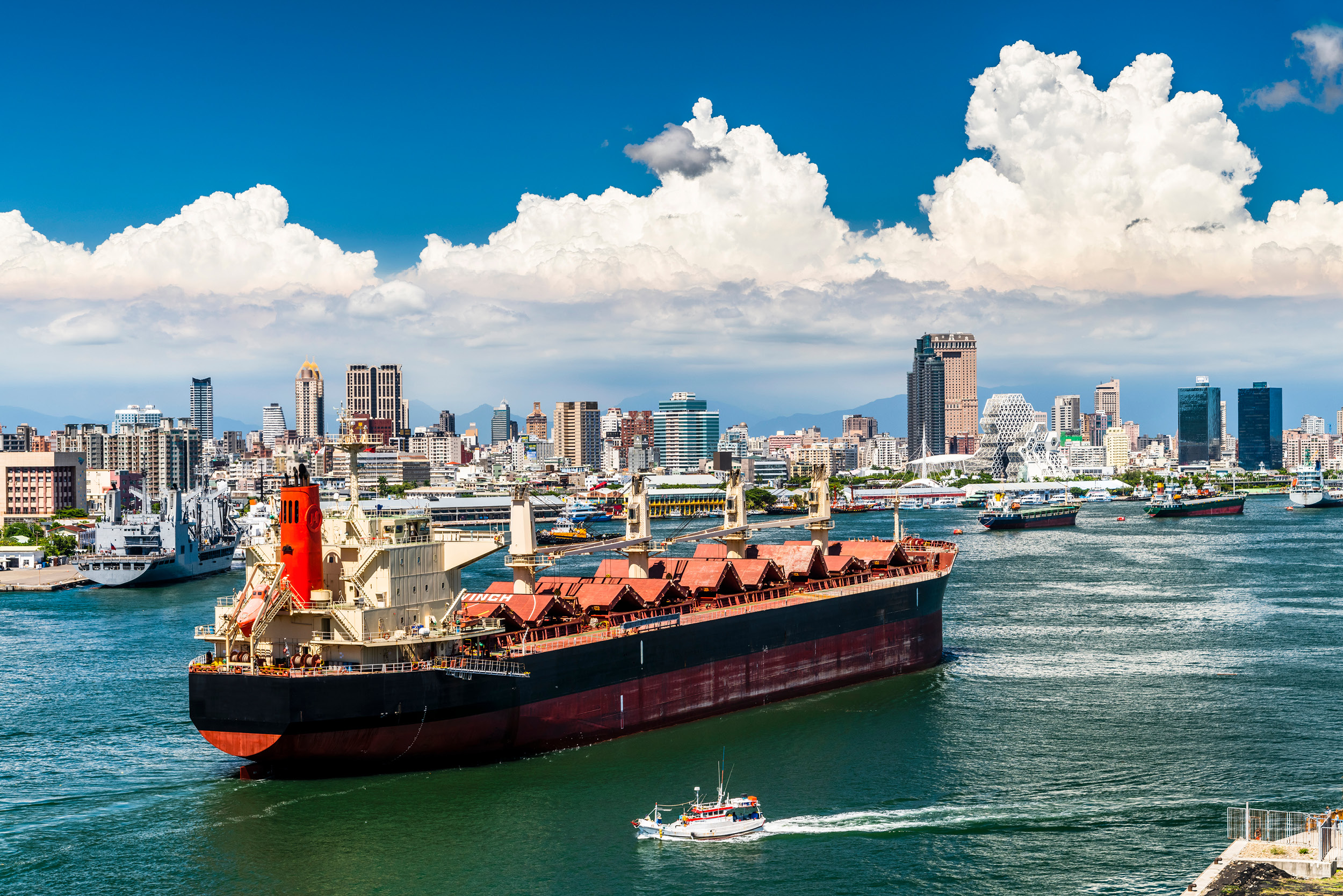Transportation Roundup: Western railroads battle capacity
For weeks, if not months, exporter shipper members of the Specialty Soya and Grains Alliance have been struggling with increasing congestion, rail and trucking delays, and shortage of truckers – all stemming from capacity limits at the inland container rail yards, notably at Chicago’s and Kansas City’s main intermodal yards.
A report this week from the Journal of Commerce (JOC) shared what the two main western Class 1 railroads are doing to try to alleviate the situation at BNSF’s Logistics Park and Union Pacific’s Global IV terminals in Chicago.
Inland intermodal traffic has climbed between April 4 and May 30 by 26% for UP, and by 8.4% for BNSF. BNSF’s Tom Williams told JOC while the different stakeholders – trucking companies, importers, marine terminal operators – are focused on their own operations and needs, they may not have “a good perspective of the entire supply chain dynamic.”
“We desperately want to free up cars to get back to the ports,” he said. “And I’m not trying to point fingers because this is a global supply chain challenge.”
Surface transportation bill
The U.S. House Transportation and Infrastructure Committee last week introduced a $547 billion surface transportation reauthorization bill. A mark-up of the legislation was scheduled for June 9. This version of the Highway Bill is similar to H.R. 2 introduced last year. It calls for a 79% increase over current funding levels.
Of interest to ag transportation, there is a provision authorizing a 10% per axle weight tolerance for dry bulk freight, which would benefit truckers and container drayers with bulk-loaded grain that can shift some when braking or going over bumps.
There are also some study and data collection provisions that will look into freight transportation fees and per-mile user fees (potential alternatives to raising gas taxes), driver detention time, hours of service and more. Click here for a link to a fact sheet from the committee on the bill.
This is not to be confused with the big overall infrastructure investment proposals that are under discussions in Washington, although it could become a part of a big omnibus package. The surface transportation bill will need to be reauthorized.
If you think you’re having a bad day …
Be glad you weren’t one of the people in charge of berthing an OOCL container ship at Taiwan’s busy Kaohsiung port last Thursday. Click here to see what can happen when a container ship – even a modest-sized, unladen one – taps a docked loaded one during the delicate berthing process.
American Shipper reported that just one worker who was operating the destroyed gantry crane was injured. Port of Kaohsiung officials said he suffered a cut to the arm. Two crane maintenance workers were temporarily trapped but were said to have been rescued unharmed.
South Korea’s Port of Busan experienced a similar accident last year when the Milano Bridge vessel came into berth with a bit too much momentum and collided with another container ship.
These are reminders of the dangers and incredible scale of the transportation systems employed in the worldwide container shipping system. Both Kaohsiung and Busan are key ports frequently used by SSGA member exporters in reaching customers across Asia.
Compiled by Bruce Abbe, SSGA Strategic Adviser for Trade and Transportation







Leave a Reply
Want to join the discussion?Feel free to contribute!